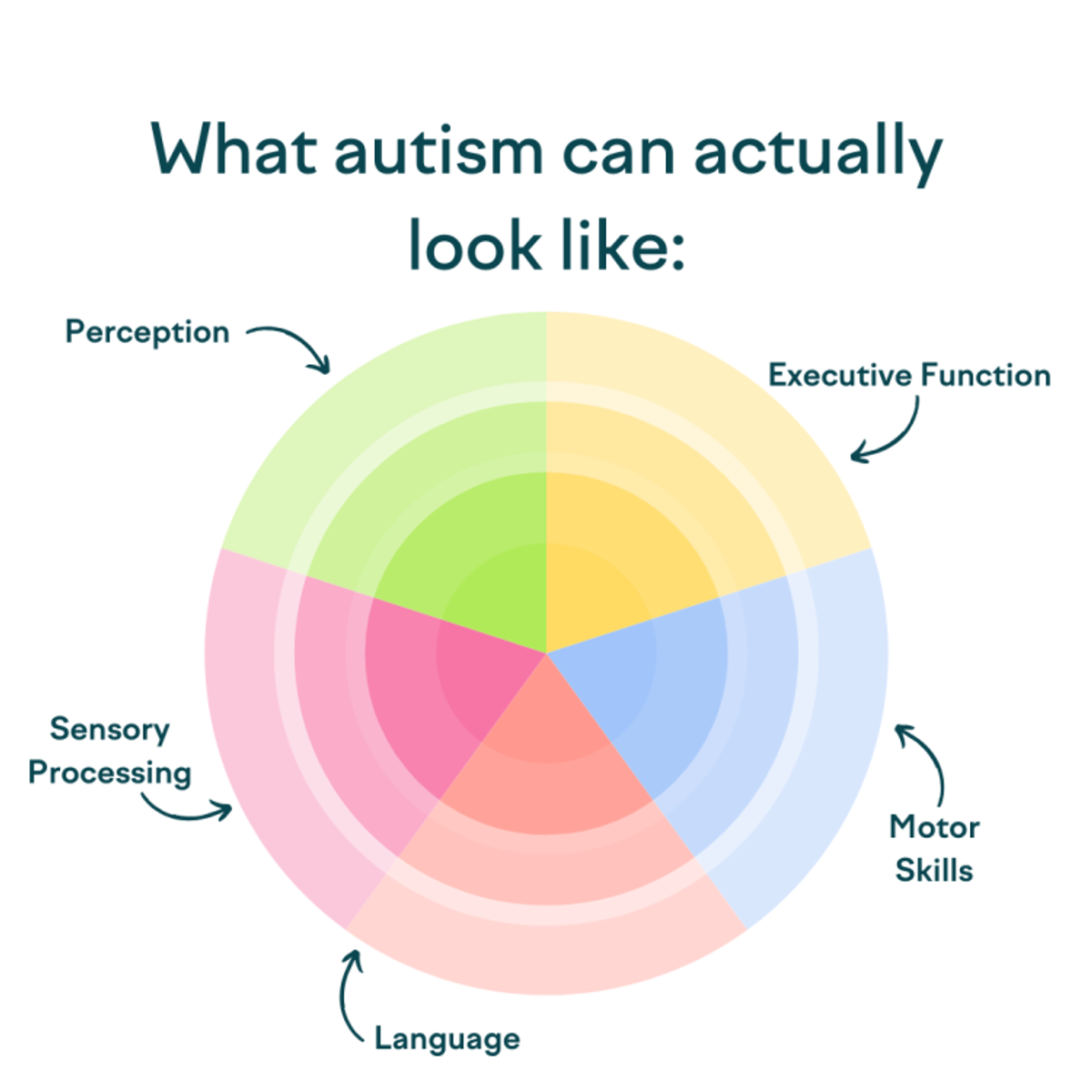Wellbeing
Fiona Dandie & Robert Pain

Wellbeing
Fiona Dandie & Robert Pain
Reminder: Whittlesea World is next week
F - Yr 2 on Tuesday 1st July &
Years 3 - 6 on Wednesday, 2nd July.
Bring along your GOLDEN TICKETS to 'trade' for gifts/prizes.
Revisiting the WPS Consequence Continuum:


At Whittlesea Primary School, each classroom has a Tier 1 school-wide approach to managing positive and negative behaviours. We refer to this system-wide approach as the Consequence Continuum, which is always underpinned by teacher discretion at all times. The Consequence Continuum aligns with our school expectations of 'Do Your Best', 'Respect Your School', and 'Help Others Succeed'. There are four areas of the Consequence Continuum: green, yellow, orange, and red. Different behaviours are observed and monitored by teachers depending on the various types of behaviours displayed by students. With continual reminders of the desired classroom expectations, students may be moved along the colours of the continuum based on their behavioural choices and actions.
All students begin every day in the green section of the Consequence Continuum. When students are on green, teachers acknowledge and praise students for displaying positive behaviours such as following teacher instructions, respectful behaviours and interactions, asking for permission, keeping their hands and feet to themselves, and completing work to the best of their ability. Acknowledgement or praise from teachers might come in the form of House Tokens, Golden Tickets or positive feedback. Often, classrooms aim to have all students stay in the 'Green Zone' for an entire day and celebrate this achievement in various ways.
When students are moved to yellow, this is typically when after teacher reminders, minor negative behaviours are displayed such as non-compliance or refusal to follow a reasonable instruction, class disruption & disrespect such as calling out, answering back, and lateness, teasing, putdowns, and exclusion such as using words or actions that make others feel uncomfortable.
When students are moved to orange and then red, this typically indicates that immediate intervention in the classroom is required, as the behaviours are repeated consistently and have a significant impact on the learning of others in the classroom. At this stage, consequences are set to allow teachers to redirect undesired behaviours, and enable students to reflect on and take ownership of their actions. This is often accompanied by communication home to families, so you are aware of the undesirable behaviours displayed and the follow-up that took place.
Please note that when a student is moved across the Consequence Continuum from the green area to either yellow, orange, or red, they will start the next day back in the green area. We encourage every student to start each day as a new and positive one, regardless of how the previous day went.
The Consequence Continuum can be a powerful tool for promoting positive behaviour and creating a calm and orderly classroom environment. By setting clear expectations, providing consistent feedback, and adapting as necessary, teachers can effectively manage behaviour and encourage students to take ownership of their actions, whether they are positive or negative.
Please note: Emergency or replacement teachers, do not use this tool.
Should you have any questions regarding the WPS Consequence Continuum, please speak with your child’s classroom teacher or a member of our school leadership team.
Autism Spectrum Disorder is a neurodevelopmental condition that affects how a person communicates, interacts, thinks, and experiences the world. People with autism may perceive, experience, or understand things in ways that differ from those of others.
ASD is known as a "spectrum" because it affects individuals differently and to varying degrees. Some children may require significant support in their day-to-day lives, while others may need very little.
Every child is unique, but children on the autism spectrum may:
It’s important to remember that children with autism have strengths and talents, just like all children. Some may have amazing attention to detail, strong memory skills, or a unique creative flair. With the right understanding and support, they can thrive at school and beyond.


For more information about Autism, visit Autism Awareness Australia or Raising Children Network – Autism.
💬 Understanding builds compassion. Compassion builds community. Let's work together to support every child to be their best.
If you’d like to know more about how our school supports neurodiverse students, please don’t hesitate to contact the Wellbeing Team.